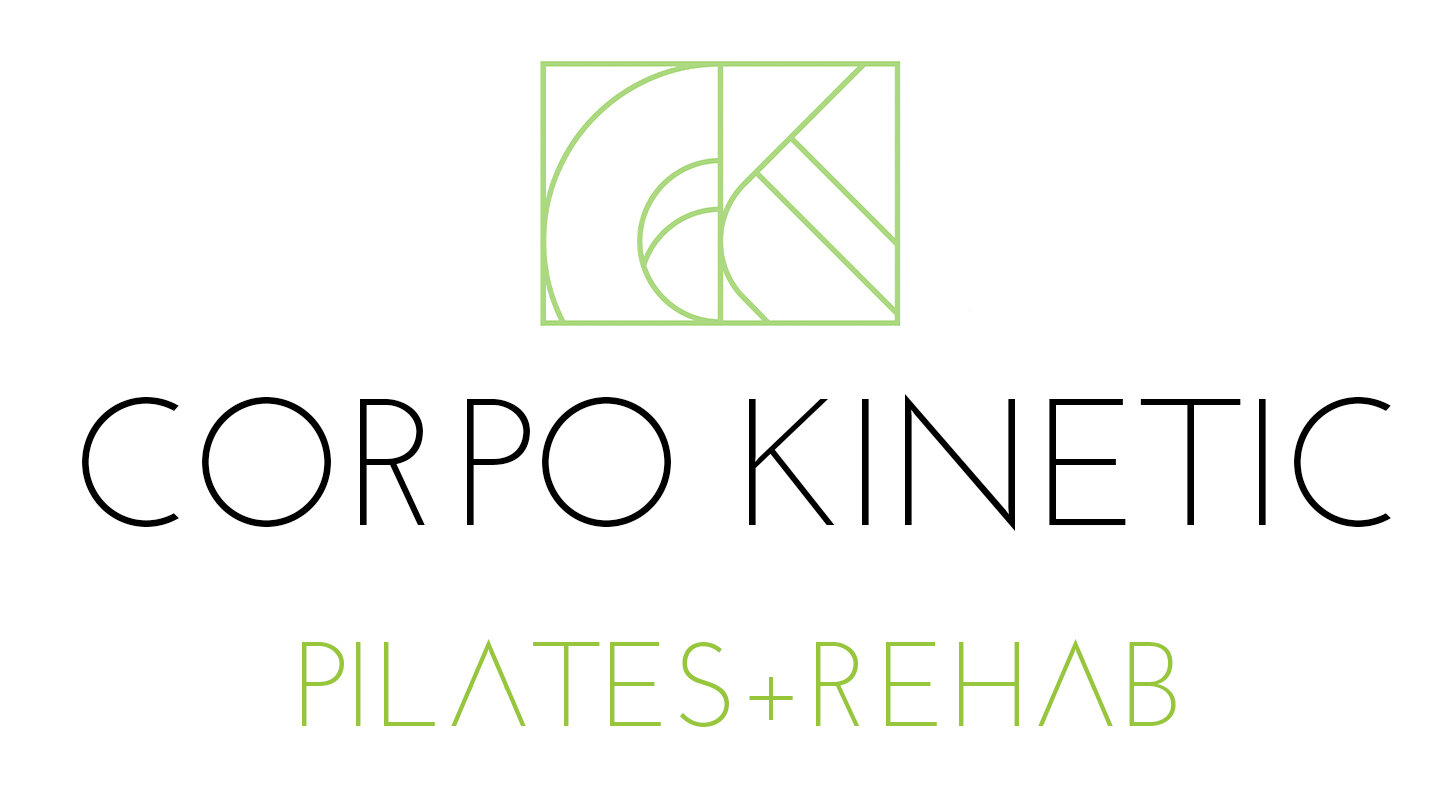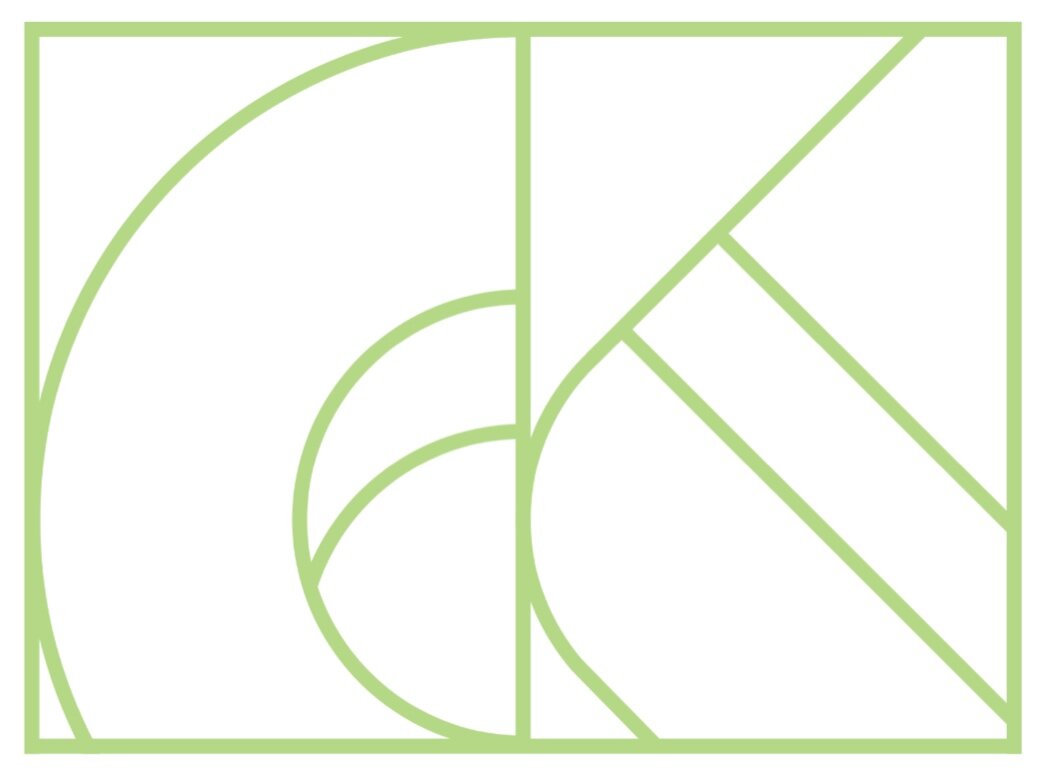What Happens to our Hips When We Sit?
For most people, this long year of pandemic has translated into a lot more sitting time, and we’re feeling the consequence in our hips. At the studio, hip openers are one of the main requests we’re hearing in classes
Why? Sitting for long periods of time can cause tightness in the hip flexors and lower lower back, and corresponding weakness in the glutes and lower abdominals. This pattern is called Lower Crossed Syndrome (Remember Upper Crossed Syndrome from our last blog?), and there are many ways Pilates can help.
What is Lower Crossed Syndrome?
When we sit, our hips are in a flexed position, or bent forward with the knees in front of us. We could also say that there’s a crease in the front of the hip joint. That crease is a good thing, and is quite normal when we’re sitting.
The challenge arises when we stand and the tightness in the hip flexors prevent us from lengthening all the way to a neutral standing alignment.
If you stand up and put your hands on your hips, then tip your pelvis forward and backwards, you should notice the front of hip crease increase as you tip your pelvis forward (sticking the booty out), and the front of hip crease decrease as you tip your pelvis backwards (tucking the tailbone). If we get up from sitting and some of that hip crease remains when we’re standing, it’s almost as though the pelvis is still “sitting,” even though our legs are standing.
When we are standing with a hip crease (sticking the booty out), we are also in a sway back, a postural position which adds compression to the lower back. Tightness in the hip flexors, where that hip crease is, and corresponding compression in the lower back, are the hallmarks of Lower Crossed Syndrome.
Next question: what do we do about it?
How do we relieve that tension pattern and get your pelvis to fully stand up?
Release the hip flexors
Find your neutral pelvis
Strengthen the lower abs & glutes
Releasing the Hip Flexors
Muscles left in a shortened position for prolonged periods can become functionally “shorter,” unable to fully lengthen to allow the joint to rest at its neutral alignment. If we’re sitting for prolonged periods, we need to release those muscles that crease the hip, so that the pelvis can sit upright and neutral on top of the thigh bone when we’re standing.
Here are a couple of our favorite hip flexor releases!
Sacrum on the Roller
Lay on your back, lift your hips up, and slide the roller under your sacrum.
Holding one thigh firmly in towards your chest, let the other leg hang down over the roller
Make sure your lower back feels comfortable - you can even use your abdominals to sink it a bit towards the floor, supporting the back and deepening the stretch.
Kneeling Hip Flexor Stretch
With one leg forward, one leg back, check out your hip alignment. Make sure your hips are level.
Take one hand to your lower abs, and the other to your sacrum. Lift the lower abs in and up, feeling the sacrum drop down towards the floor. This should ALSO lessen the hip crease of the leg that’s back.
If you need more stretch, lunge forward, making sure to keep the pelvis vertical and the back straight up and down.
Find Your Neutral Pelvis in Standing
After you’ve released your hip flexors, let’s try that standing exercise again, tipping the pelvis forward and back. This time try this:
Place one hand on your lower abs, and the other on your sacrum, as we did in the kneeling hip flexor stretch.
Tip forward, letting the low belly relax into your hand. The hip crease should deepen and the arch in your low back should grow.
Use those low abdominal muscles, drawing them away from your hand and scooping them up towards your ribcage as your sacrum starts to drop down towards the floor. The hip crease should decrease and the low back lengthen.
Stop once you find a position where you feel like both of your hands are relatively straight up and down, parallel to the walls, and that front of hip crease is opened up to a straight line. You’ve found your neutral pelvis in standing.
If you feel work in your lower abdominals and/or your glutes and hamstrings in order to get into your neutral standing alignment, you know you’ve got some strengthening work to do in order to support that neutral posture! Let’s get to strengthening!
Strengthen the Lower Abs and Glutes
It’s tempting to be really cheeky here (pun intended) and say just come to class… but it’s true! Pilates excels at lower abdominal and glute strength. The system was practically built for helping the modern-day worker stand up out of their desk job and feel more aligned, taller, and stronger. That said, here are some of our go-to’s for lower abdominals and glute strength:
Toe Taps on the Roller
Lay on your back with your sacrum on the roller
Draw the low abdominals in towards your spine, and gently curl your pubic bone towards your navel.
Keep that position in your pelvis and you reach one foot down towards the floor, then bring in back up. You should feel the lower abs working to stabilize your pelvis as your toes reach down
Roll Downs with the Tower on the Go
Sit up tall and hold the loops of your springs. As you exhale, scoop the belly in towards your spine, and curl the pelvis, rolling back on the sitz bones and rounding the lower back. Use that pelvic curl to continue rolling all the way down to flat on your back. To roll up, start by lifting your head, neck and shoulders, then use your lower abs to maintain a pelvic curl as the ribs round up and over the navel. Once your shoulders are over your hips, sit up tall and repeat!
If you’ve got tight hip flexors, they often try to help when doing roll downs, taking the work away from your lower abs. The springs offer just enough support so that our hip flexors can stay soft and ab engagement deepens. (Want to try it? We offer equipment rental and two virtual classes/week! Find out more about our Tower on the Go classes.)
Bridges
Lay on your back with your knees bent, feet on that mat about 3-4 inches apart
Exhale to scoop your low abdominals in and up, using that action to curl your pelvis
Lift your hips, then lower back, then ribs off the mat. Make sure you feel the low abdominal stay engaged
As you lift up into your bridge, holding that abdominal connection, you should feel your glutes and hamstrings activate.
Kneeling kick-backs
Start on hands and knees, wrists under the shoulders, knees under the hips. We love doing this one squeezing a gertie ball between the hamstring and calf, but no props are necessary
As you exhale, gently scoop the low abs in to stabilize your pelvis.
At the same time, lift your leg up, like your trying to reach your foot to the ceiling
Make sure your pelvis and lower back stay stable and don’t fall into that sway back posture - if you’re in a sway back, you won’t be getting the full benefit of core and glutes working together
One of our favorite sayings when working on this pattern is “the core and the glutes are friends!” If your abs are doing their thing, those glutes should naturally fire - magic! This simple but profound relationship is worked over and over again in the Pilates repertoire. Give these exercises a try and then join us in class for live and personalized instruction as well as endless variety. See you there!
Let’s Move!
Book a group class or private session to use what you’ve learned:




